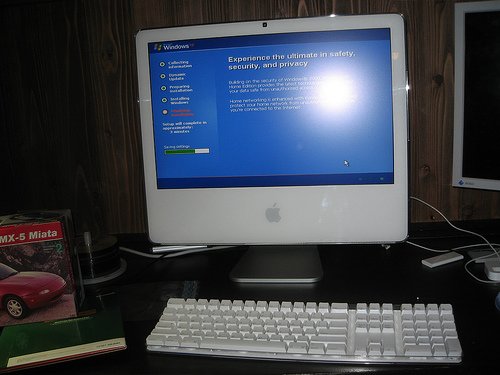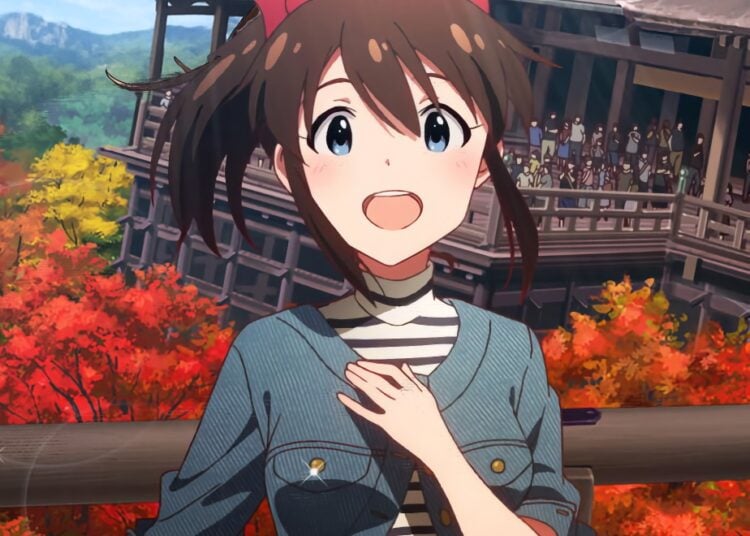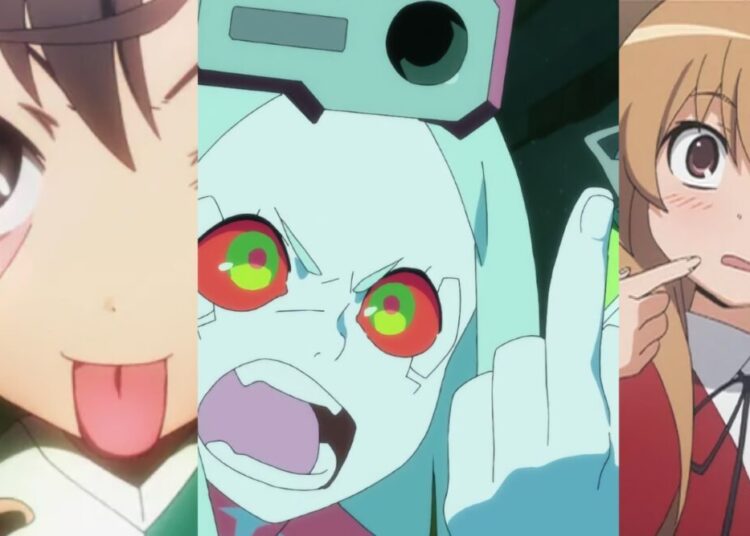I’ve written before about how the “eyes of others” (hito no me) can be a strong force in keeping Japanese people pretty much on the same wavelength, which can make them appear very homogeneous when seen from the outside. The desire to avoid being judged negatively by the people around you is present in all of us, of course — “frown power” has been used effectively against KKK members in the U.S. — but Japan seems to carry it to an art form. One of the biggest unwritten rules in Japanese society seems to be “act your age,” and in all things, individuals should do what is expected of them based on their current stage of life. If you go to a Japanese university, you’ll likely see a lot of students between the ages of 18-23, but it’d be somewhat rare for, say, someone in their thirties to be attending a four-year university in Japan. This wasn’t the case at all when I went to SDSU — there were people of all ages and backgrounds studying together, including an older woman in my Japanese class who was “restarting” her life after a divorce. Japanese men and women who are unmarried late in life also seem to be in violation of these subtle social rules, earning them the cheerful title of makeinu (mah-KAY EE-noo, meaning “loser dogs”), usually applied to women but sometimes to men as well. When the time came to choose the color for our new car, I wanted to go with white since I liked the way it looked, but my wife was adamant that we had to choose a color that was more jimi (plain). Choosing white, she reasoned, would make us look like thirtysomethings who were trying to pretend they were still in their twenties, driving a car that was too flashy. I acquiesced, and now we have a car that’s “sparkling gold mica” which is supposedly plainer and more boring than white, for some reason I can’t fathom.
Japan is an island nation that’s heavily dependant on the sea, and the sea is very imporant to people here — there’s even a Japanese holiday honoring the sea, Umi no Hi (Sea Day). Japanese get a lot of their food from the sea in many forms including fish, which is served broiled, stewed in miso sauce, or cut as sashimi or sushi. Another staple the Japanese rely on are assorted forms of seaweed. The name “seaweed” isn’t a very flattening term for the various plants that are cultivated in the ocean, and as you might expect, there are many names for different types of seaweed consumed in Japan. Among the most common are nori (the dark green seaweed that’s used with many types of sushi, and which covers the outside of an onigiri rice ball); wakame (WAH-KAH-meh, which you often see in miso soup); and kombu (used to flavor soup stocks and sometimes given as gifts in formal settings). Recently there’s been a lot of attention paid to the health benefits of eating seaweed, which includes lowering of blood pressure. The basic breakfast in the U.S. might be a bowl of Corn Flakes, but in Japan, it’s white rice with nori seaweed and maybe some kimchi (Korean pickled cabbage, yum).
The “most official” dictionary of the English language is considered to be the Oxford English Dictionary, a very scholarly lexicon that provides the definitions and etymology of 300,000 English words. The Japanese version of this is the Koujien, a massive 3000 page dictionary that is seen by Japanese as the “official” store of words on the Japanese language. We take dictionaries for granted today, of course, but part of the process of Japan’s modernizing during the Meiji Era (1868-1912) included coming to terms with the Japanese language as a “proper” language, and for that there needed to be dictionaries just like they had in the West. One effective way to learn Japanese is to make yourself use a Japanese-Japanese dictionary rather than a J-E one, which forces you to think about the definition of words in Japanese. The popular Wordtank dictionaries that J-List sells include full editions of the Koujien for just this purpose.
J-List sells many unique things from Japan, including delicious snacks like Pocky, Melty Kiss and Japan Kit Kat. Unfortunately, it’s so hot and humid during the summer that we have to remove all chocolate products from the site to keep them from turning to chocolate mud (“melty kiss” indeed). If there some delicious chocolate item on the site that you’ve been wanting to try — maybe that scrumptious dual-layered Rich Fran from Meiji, or the new Kit Kat Baby — this is your official wake-up call, as the chocolate items will be disappearing from J-List at a rather fast pace over the coming weeks.
J-List brings you our unique line of wacky Japanese T-shirts, with amusing and aesthetically beautiful kanji messages, and we’ve got a new shirt for you to day. Although McDonald’s is quite common in Japan, the original “fast food” here isn’t the hamburger but something more traditional: beef bowl, called gyudon, basically a bowl of white rice with flavored beef on top that can be gobbled down in a very short time. The most famous chain of beef bowl eateries is Yoshinoya, with over 1000 restaurants in Japan and more in the U.S. and Asia. Our new shirt is the perfect parody of this company’s well-known corporate logo, because we’ve replaced the name Yoshinoya with “Yokozuna,” which is the name of the highest rank in Sumo wrestling, Grand Champion. It’s both pleasing to look at for its aesthetic design and a great joke that will get chuckles from any Japanese who see it. Available in size S through 3XL.
















